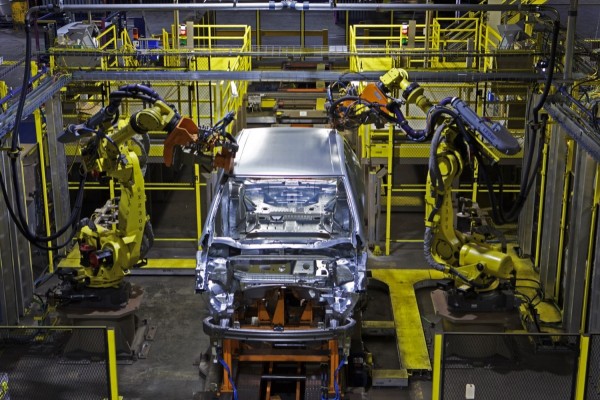Leadership the Issue at CLC Convention
Just another day in the labour movement. On June 13, 2005, 212 garbage collection workers began a legal strike in Mississauga. The workers were confronted with scabs performing their work. The union, Teamsters Canada Local Union 419, refused to comment publicly on the reasons for the strike or the issues at stake. The Toronto Star reported on the frustration of the public having to deal with hot weather, smelly garbage, with no idea of the reasons behind the strike.
Four thousand kilometres to the west, the executive board of the United States’ largest union, the Service Employees International Union (SEIU) gave its top leadership the authority to break away from the AFL-CIO. The decision was taken after executive boards of local unions representing 70 percent of SEIU’s American membership adopted resolutions authorizing disaffiliation. In making its decision, the board cited a “fundamental and apparently irreconcilable disagreement” over how to rebuild the ailing American labor movement. At the time of writing this column no decision had been made about whether SEIU will actually leave.
On that same day, 2,000 Canadian labour activists met in Montreal to debate policies and elect leaders. The 2005 Canadian Labour Congress (CLC) convention was an opportunity to assess the state of the labour movement. From a policy perspective the convention reflected the progressive character of the Canadian labour movement. Major policy papers on public private partnerships and deep integration were adopted. Resolutions confirming labour’s opposition to the anti terrorism act and missile defense were passed with overwhelming majorities.
But good policies are not a substitute for a strategic plan. And the CLC faces very serious difficulties as it attempts to carve out a role for itself in an era in which large, multi-sector unions increasingly compete with each other to organize new members.
While the problems facing Canadian labour may not be as profound as in the United States, the tensions between unions and the uncertainty over the role of labour centrals have many important parallels. It was more than a little ironic that two days after he was given the authority to lead his union out of the AFL-CIO, SEIU International President Andy Stern, visited the CLC convention to announce an international solidarity action being untaken by Montreal cleaners in support of cleaners in Indianapolis. Two days following Sterns visit, his former mentor, AFL-CIO President John Sweeny also paid a visit to the CLC convention. Unlike Stern, Sweeny was given the opportunity to address the convention.
The convention did discuss the style and substance of the CLC leadership. This was due to the candidacy of Carol Wall for the CLC presidency. Wall, a veteran activist , educator and organizer, ran a spirited campaign. She received considerable support from the public sector unions, including the formal endorsement of the national executive board of the Canadian Union of postal Workers.
In her campaign Wall raised many important issues. She raised the necessity of the Congress to provide strategic leadership in the campaign to organize Wal-Mart workers. She highlighted the need for the CLC to stop unions from using voluntary recognition agreements to undercut each other in bargaining and in organizing. She talked about the importance of the Congress to develop a new type of relationship with community and coalition partners based on the principles of equality and mutual respect. Equally important, she talked about the need for the movement to be more inclusive and more representative of the workforce that it has to organize if it is to remain relevant in the future.
For his part, CLC President Georgetti highlighted his role in promoting labour’s political agenda, especially in the areas of childcare, bankruptcy protection for workers and healthcare. He also pointed to the significant growth of the CLC membership that has occurred during his presidency. In a surprise to many of the delegates, all of the incumbent 0fficers, including CLC Executive Vice-Presidents Barb Byers and Marie Clark Walker, and Secretary - Treasurer Hassan Yussuf united to support Georgetti.
Although the result of the election was never in doubt, Wall’s campaign made a huge difference at the convention. She forced delegates and the leadership to acknowledge problems that would otherwise been ignored. Wall also challenged the Left to recognize that it is not enough to pass progressive policies and address the institutional problems that face our movement. We also need a new style of leadership. We need leaders that take chances. We need leaders that will stand up and name our problems as well as recognizing our successes. We need leaders who see it as their responsibility to open up political space for debate and dissent. We need leaders who welcome electoral challenges as an opportunity to strengthen our movement.
We need gutsy and smart leaders like Carol Wall.
This article appeared in the July/August 2004 issue of Canadian Dimension .










